Even though they float in salty oceans, more than two-thirds of the Earth’s freshwater exists as ice in the form of glaciers and ice caps. Antarctica and Greenland have 98% of the earth’s ice mass.
Icebergs in the Antarctic area sometimes have stripes, formed by layers of snow that react to different conditions.
Blue stripes are created when a crevice in the ice sheet fills up with melted water and freezes so quickly that no bubbles form.
Green stripes form when an iceberg falls into the sea and a layer of water rich in algae freezes onto the bottom.
Green icebergs are infrequently seen because their bellies of algae and other plant life are underwater; it’s only when they flip over, a rare event, that their richly colored regions can be seen before they melt.
Brown, black and yellow lines are caused by sediment, picked up when the ice sheet grinds downhill towards the sea.
Why we have the expression, “it’s only the tip of the iceberg:” just one-tenth of an iceberg usually lies visible above the water.
- For info and more photos: www.dailymail.co.uk
Or: http://www.aad.gov.au/default.asp?casid=24046
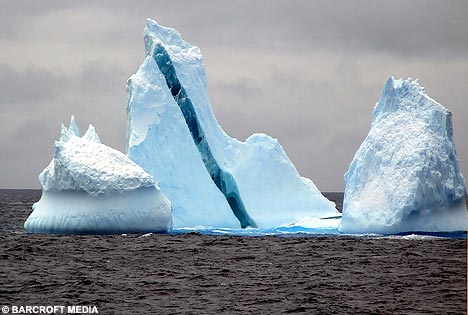
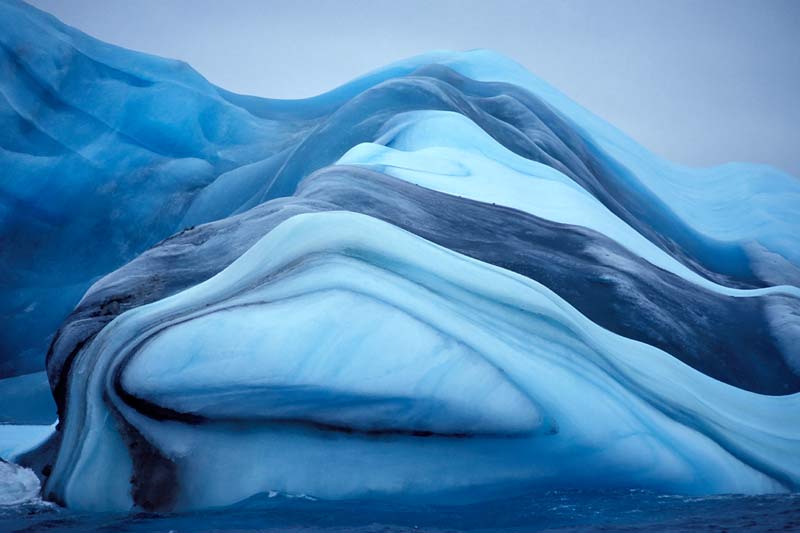
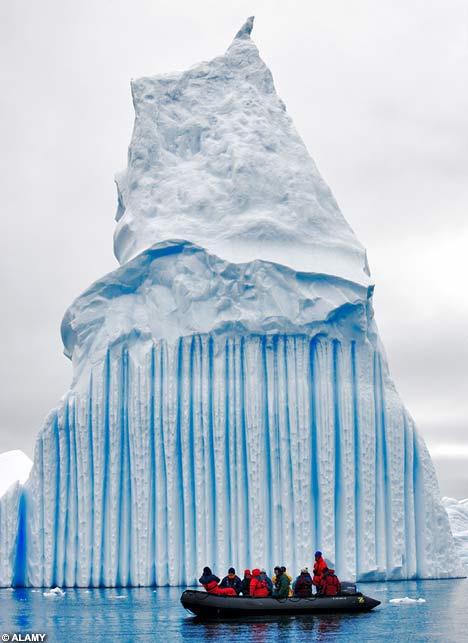
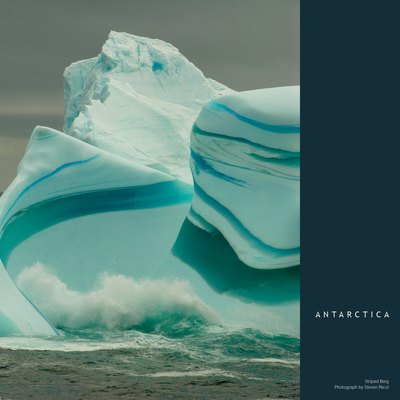

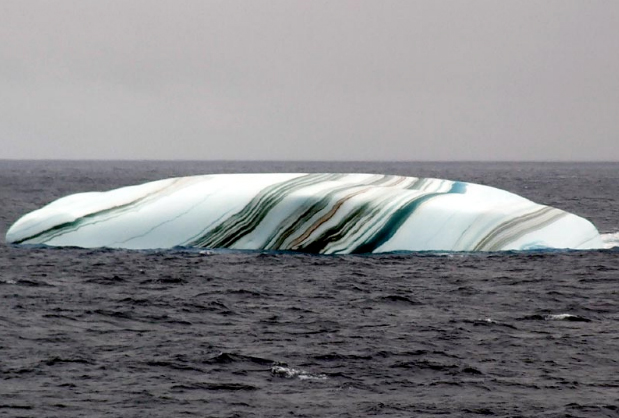
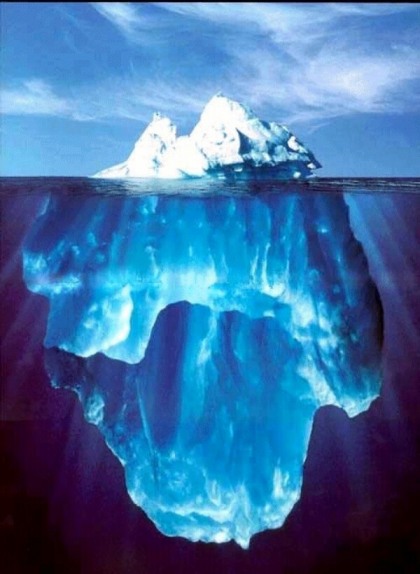
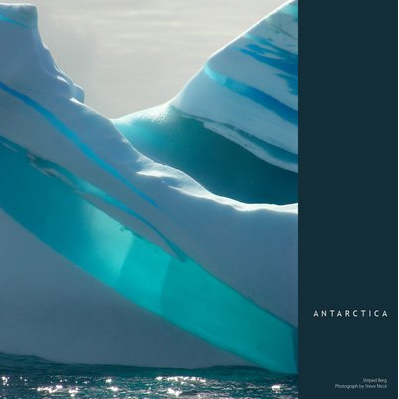
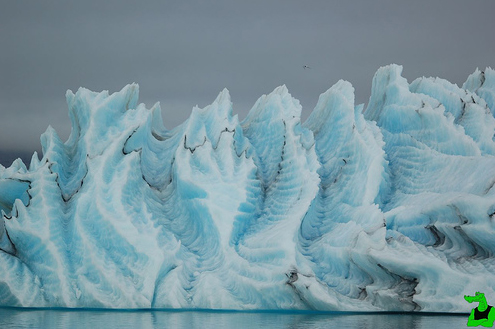

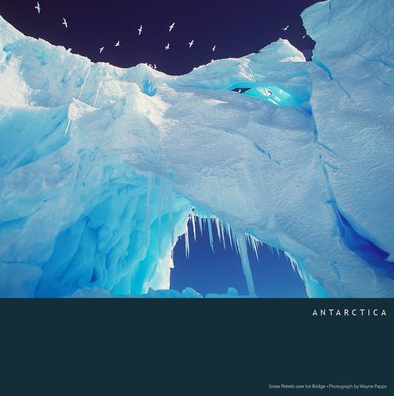
I was looking for references for icebergs as my friend wants me to paint her a picture. Your collection of things on your blog is really great. 🙂
I used this website for an assignment!!!
@Spring breaks
all of your pic’s are sooo awesome and so refreshing to the eyes, please keep it up, please
it is hard to imagine how different colors of the iceberg can be so different, but facts speak for themselves, tho.
can you please tell me how striped icebergs are formed?
Sorry, I’d just have to google it like you. 🙂
Sorry. You’ll have to do your own research–or I assume you did. This site is for my pleasure and for those who share my enjoyment of the images. the rest is up to you.